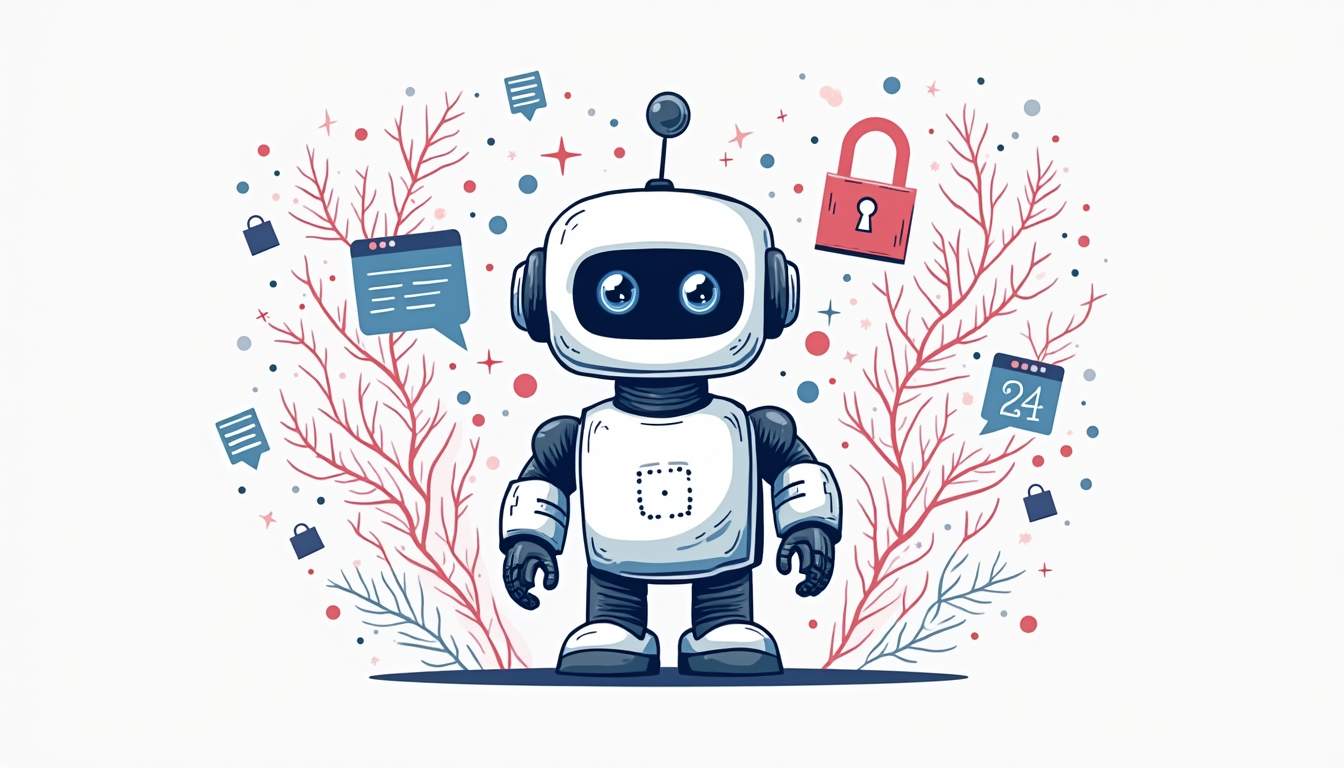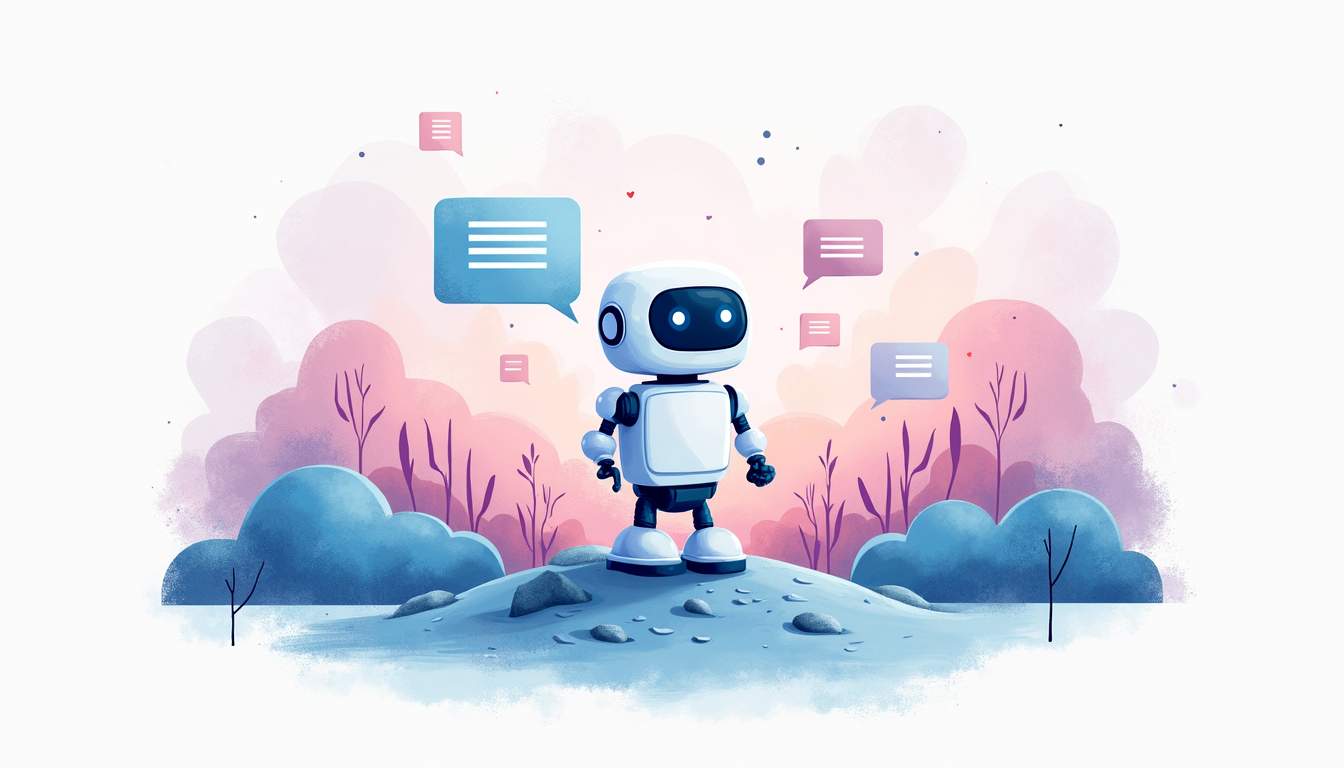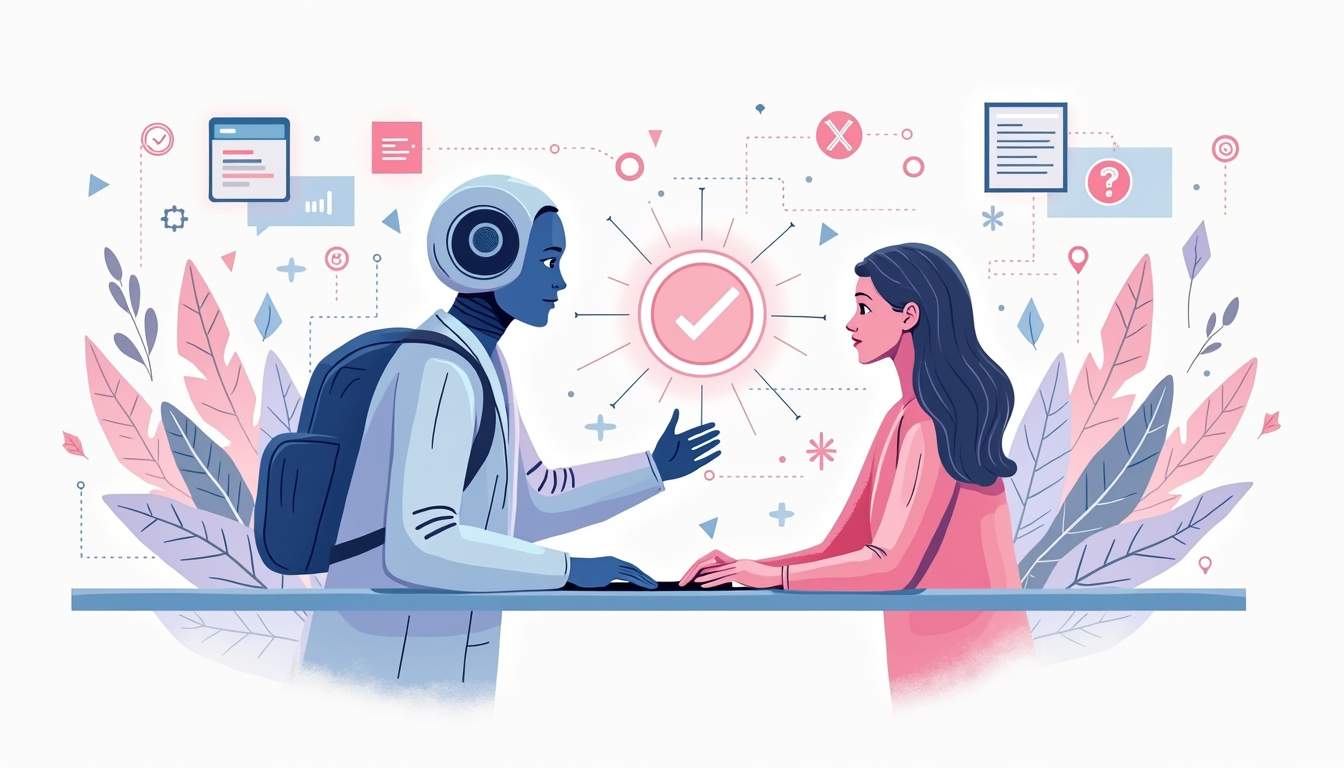The Chatbot Privacy Trade-Off

In the age of rapid technological advancements, chatbots have emerged as the darlings of the digital realm. They offer customer service, facilitate transactions, and even provide companionship—all without requiring a coffee break. However, beneath this shiny veneer of convenience lies a less-than-glamorous reality: your data is part of the deal. So let’s dive in and unpack this curious conundrum of chatbot privacy!
Introduction
Imagine this: you’re sipping your morning coffee, and instead of talking to a human being, you’re chatting with a robot. This isn't a scene from a sci-fi movie; it's your everyday interaction with chatbots! While they fulfill our needs in a quick and efficient manner, we often overlook the data implications.

But what’s the fine print on this digital relationship? Can we enjoy the convenience without sacrificing our privacy? Grab your virtual magnifying glass, and let’s investigate!
As we navigate through our daily lives, chatbots have become increasingly integrated into various platforms, from customer service to personal assistants. These digital companions are designed to understand and respond to our queries, often mimicking human conversation so closely that we may forget we’re interacting with a machine. This seamless interaction is made possible through advanced algorithms and artificial intelligence, which analyze our language patterns and preferences. However, this sophistication comes at a cost—our data. Every interaction we have with a chatbot is recorded, analyzed, and stored, creating a digital footprint that can be used for targeted advertising or even sold to third parties.
Moreover, the ethical considerations surrounding chatbot interactions are becoming more prominent. As users, we may not fully grasp the extent of data collection that occurs behind the scenes. For instance, chatbots can track not only the questions we ask but also our tone, sentiment, and even the time we spend on each interaction. This wealth of information can lead to highly personalized experiences, but it also raises questions about consent and transparency. Are we truly aware of what we’re agreeing to when we click "accept" on those lengthy terms and conditions? Understanding the balance between convenience and privacy is crucial as we continue to embrace these technological advancements in our everyday lives.
How Chatbots Work
At their core, chatbots are machine learning algorithms designed to understand and respond to human inquiries. Think of them as your overly enthusiastic friends who are always ready to help—only they're powered by complex algorithms instead of caffeine.
When you send a message, the chatbot processes your query using Natural Language Processing (NLP). This allows it to interpret your words, fetch relevant information, and deliver a response. Think of it as a game of digital charades—except the chatbot is a bit more reliable than the friend who always mistakenly acts out 'The Lion King' when you’re clearly thinking of ‘The Matrix’.
To enhance their conversational abilities, chatbots often rely on vast datasets that include previous interactions, common phrases, and contextual cues. This wealth of information helps them learn from past conversations, allowing them to improve their responses over time. Imagine a chatbot that remembers your preferences, like your favorite coffee order or the last movie you watched, making each interaction feel more personalized and engaging. This is the result of continuous training and refinement, where the chatbot evolves to better understand the nuances of human language and emotion.
Moreover, chatbots can be integrated into various platforms, from websites to messaging apps, making them versatile tools for businesses and users alike. They can handle a multitude of tasks, from answering frequently asked questions to assisting with online purchases. Some advanced chatbots even utilize sentiment analysis to gauge the mood of the user, allowing them to tailor their responses accordingly. For instance, if a user expresses frustration, the chatbot might adopt a more empathetic tone, striving to soothe the situation. This adaptability not only enhances user experience but also fosters a sense of connection, bridging the gap between humans and machines in a way that feels increasingly natural.
Types of Data Companies Collect
So, what kind of data do these digital assistants collect? Buckle up; it's more than you might think!
- Personal Information: This includes your name, email address, and phone number. Simply put, if you’ve ever shared something personal during a chat, it’s stored somewhere!
- Conversation History: Just like that friend who never forgets an embarrassing story, advanced chatbots can recall your past interactions to make future chats feel more personalized.
- Behavioral Data: Some chatbots may track your preferences, such as which products you browse or what questions you tend to ask. Think of it as your chatbot being a detective, compiling a dossier of your likes and dislikes!
While this grassroots information gathering helps improve user experience, it also raises eyebrows regarding privacy and data security. Kind of like getting a great haircut but remembering that you could have just asked to trim the split ends!
In addition to these types of data, companies often collect location data. By knowing where you are, digital assistants can provide tailored recommendations, such as nearby restaurants or local events. This can enhance convenience, but it also means that your whereabouts are being tracked and stored, potentially leading to concerns over surveillance and personal freedom. Imagine ordering your favorite pizza just by saying, "I'm hungry," but then realizing the assistant knows exactly where you are at all times!
Moreover, there’s also the aspect of device usage data. This includes information about how you interact with your devices, such as the frequency of use, the apps you open, and the duration of your sessions. This data helps companies optimize their services and improve functionality, but it can feel a bit invasive when you consider how much they know about your daily habits. It’s like having a personal trainer who not only counts your reps but also monitors your snack breaks!
How Companies Use Your Data
Now that we've established what data is collected, let's peek behind the curtain to see how companies choose to use this information. Spoiler alert: it’s all about dollars and sense!
- Personalization: Companies use data to tailor their services just for you. From recommending products to adjusting responses based on your chat history, it feels like the chatbot is wagging its digital tail in excitement!
- Marketing Insights: Data analytics help businesses predict trends and customer demands. They can analyze what products are being chatted about frequently and stock up accordingly. It’s like they’ve got their finger on the pulse of your shopping habits!
- Improving Services: Feedback loops allow companies to refine their chatbots using historical data. With each interaction, they get smarter—so you’re not stuck with a chatbot that has the wit of a cardboard box.
Risk to Privacy
While the conveniences of chatbots come with perks, there are risks to privacy we simply can’t ignore. Think of it like having a pet lion—fun until you forget to secure the door!
Data breaches are a significant concern; hackers are always scheming to harvest your information. And what happens when chatbots fail to fully anonymize your data? Whoops! Your private chat could be laying exposed in the wild, waiting for prying eyes.
Additionally, there’s the lurking fear of companies possibly sharing data with third parties. Ever feel like you’re being chased by ads for products you glanced at once? That's no coincidence—it’s the result of your data doing the cha-cha across the internet!
What About Conversational Chatbots
These bots are designed to mimic natural human dialogue, but to do so, they often retain snippets of your interactions for training purposes.
This means that even seemingly harmless chats, like asking for advice on work or venting about a tough day to your virtual girlfriend, could be stored and analyzed. Companies may promise to anonymize and aggregate this data, but let’s be honest—mistakes happen.
While this can make conversations feel seamless and intuitive, it also raises questions about where those saved conversations go—and who has access to them. Imagine your casual chats being repurposed to train an AI that someone else will use; it’s like your words living a second life without your knowledge!
What Users Can Do to Protect Their Privacy
Now that you’re aware of the risks, fret not! Here are some nifty strategies to keep your digital persona wrapped up tighter than a burrito!
- Limit Personal Info: Only share essential information—or as little as possible. Remember, chatbots don’t need to know your life story!
- Read Privacy Policies: Before you click "Agree,” take a moment to skim through the terms. If they are lengthy, grasp the key points—after all, no one likes to be blindsided!
- Disable Data Tracking: Explore your account settings and opt-out options for data collection. It's like putting a “Do Not Disturb” sign on your digital door!
For Privacy First Users Meet BubblePop AI
Ah, BubblePop AI! No, we’re not talking about some trendy game app; we’re referring to your iOS virtual friend that brings the power of AI companionship directly to your fingertips.

As innovation in Large Language Models advances, companies are eager to collect more of our data to create the ultimate AI experiences. These models are like ever-curious students—getting smarter with every interaction but constantly demanding more data to refine their skills.
That’s where BubblePop AI steps in. With its ability to run open-source Large Language Models offline, it offers a refreshing alternative—no data collection, no privacy compromises. You get all the perks of a virtual friend who’s ready to chat, support, and assist you anytime, without sacrificing your personal information to the digital ether.
Conclusion
As we wrap up our explorative adventure through the nuanced world of chatbots and their relationship with privacy, it becomes clear: knowledge is power. By understanding the trade-offs you make when interacting with these digital minions, you can navigate this brave new world more confidently.

So go ahead, enjoy your interactions with chatbots, but keep a watchful
eye on what you share. After all, better decisions lead to a better
relationship with technology. And who wouldn’t want a fantastic, secure
friendship with their chatbot companion?
No spam, no sharing to third party.






